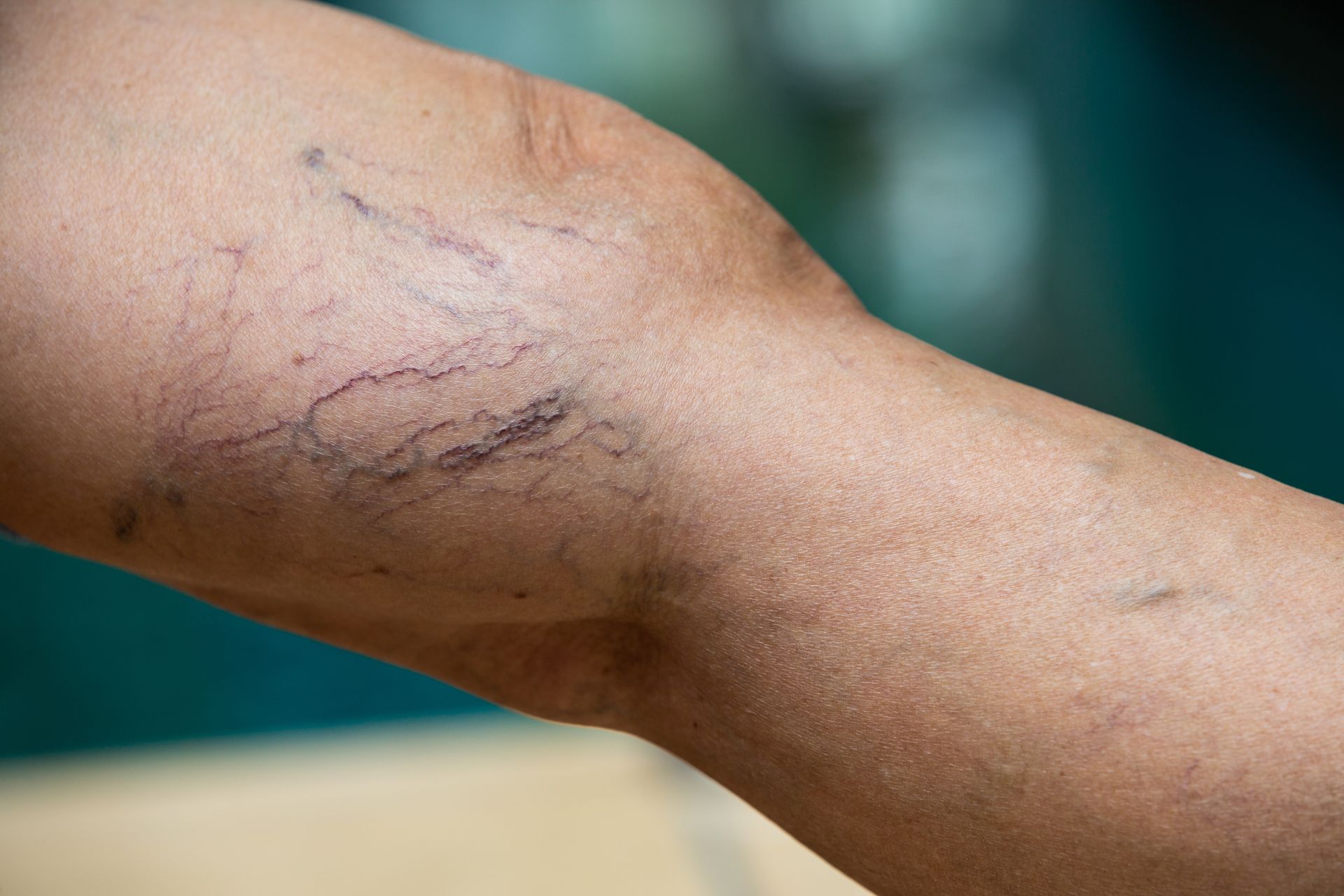Why Painful Deep Tissue Massages Are Bad for You
Debunking Misconceptions and Embracing Effective Techniques
Deep tissue massage is often surrounded by the myth that it needs to be painful to be effective. Many people believe that enduring significant discomfort is a necessary part of achieving relief from muscle tension and chronic pain. However, this misconception can lead to harmful outcomes and detracts from the true benefits of deep tissue massage. In this blog, we will explore the issues that can arise from enduring a painful massage, and discuss the appropriate way to receive a deep tissue massage for optimal results.
The Myth: "No Pain, No Gain"
The belief that "no pain, no gain" applies to deep tissue massage is widespread. This myth likely stems from the fact that deep tissue work involves manipulating deeper layers of muscle and connective tissue, which can sometimes feel intense. However, equating effectiveness with pain is a misunderstanding of how deep tissue massage should work.
The Risks of Painful Massage
Sitting through an entire massage session in pain is not only unnecessary but can also be counterproductive and harmful. Here are some issues that can arise from enduring a painful deep tissue massage:
- Increased Muscle Tension: When experiencing pain, your body naturally responds by tensing up. This involuntary reaction can make the muscles tighter, counteracting the intended benefits of the massage.
- Injury Risk: Applying excessive pressure can cause bruising, inflammation, and even muscle or tissue damage. This can lead to prolonged recovery times and exacerbate existing issues.
- Emotional Stress: Painful experiences can lead to emotional stress and anxiety, which can undermine the relaxation and mental health benefits that massage therapy aims to provide.
- Negative Association: Experiencing pain during a massage can create a negative association with the therapy, discouraging individuals from seeking further treatment and missing out on its benefits.
The Right Way to Receive a Deep Tissue Massage
An effective deep tissue massage should focus on working deeply into the muscle layers without causing excessive pain. Here are some key principles to ensure a beneficial and comfortable deep tissue massage experience:
- Communicate with Your Therapist: Open and honest communication with your massage therapist is crucial. Let them know your pain threshold and provide feedback during the session. A skilled therapist will adjust their technique based on your comfort level.
- Gradual Pressure: A good therapist will start with lighter pressure and gradually increase it as your muscles warm up and relax. This approach helps to avoid sudden, painful pressure that can cause discomfort.
- Listen to Your Body: Pay attention to how your body feels during the massage. While some discomfort may occur, especially in areas of high tension, it should not be unbearable. Discomfort that feels productive is different from pain that feels damaging.
- Focus on Breathing: Deep breathing can help you relax and better tolerate pressure. It also provides feedback to your therapist; if you find it difficult to breathe deeply due to pain, the pressure may be too intense.
- Aftercare: Post-massage care is important for maximizing benefits and minimizing discomfort. Drink plenty of water to help flush out metabolic waste products released during the massage, and apply ice to any areas that feel particularly sore.
Conclusion
Deep tissue massage can be a highly effective treatment for relieving chronic muscle tension and pain, but it does not have to be painful to work. Understanding the difference between productive discomfort and harmful pain is key to reaping the benefits of this therapy. By communicating with your therapist and ensuring the pressure is appropriate, you can enjoy a deep tissue massage that is both effective and comfortable. Remember, the goal of massage therapy is to enhance your well-being, not to endure unnecessary pain.













